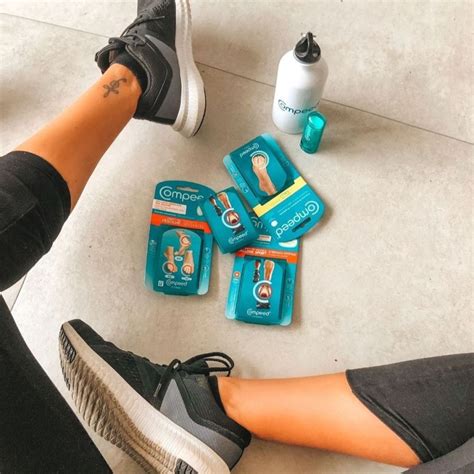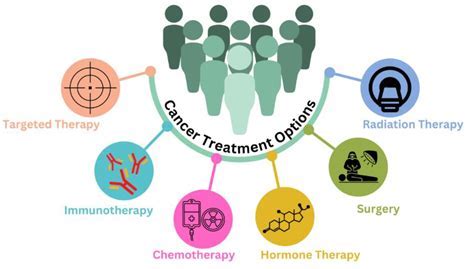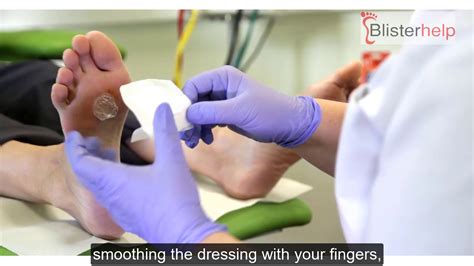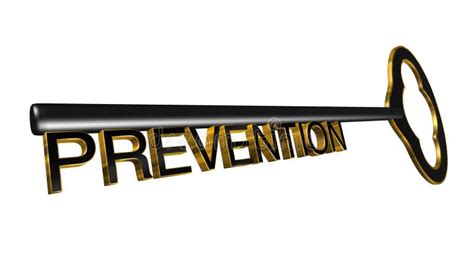Intro
Learn when to pop a blister safely, treating foot blisters and blood blisters with proper wound care, and preventing infection with blister remedies and home treatments.
Blisters are a common occurrence that can happen to anyone, whether it's due to ill-fitting shoes, excessive friction, or other reasons. When a blister forms, it can be painful and uncomfortable, leading many people to wonder if they should pop it to relieve the pressure. However, this decision is not as straightforward as it seems, and there are several factors to consider before taking any action.
The first thing to understand is that blisters are a natural response of the body to protect the skin from further damage. When the skin is subjected to friction or pressure, it can cause the outer layer to separate from the inner layer, resulting in a fluid-filled bubble. This bubble, or blister, acts as a cushion to reduce further irritation and allow the skin to heal. Popping a blister can disrupt this natural healing process and potentially lead to more harm than good.
Moreover, blisters can be a sign of an underlying issue that needs to be addressed. For example, if you're getting blisters on your feet, it may be a sign that your shoes are not fitting properly or that you need to wear socks made of breathable materials. In such cases, simply popping the blister will not solve the problem, and you may continue to experience discomfort and pain until the underlying issue is resolved.
As we delve into the world of blisters, it's essential to understand the different types of blisters and how they should be treated. There are several types of blisters, including blood blisters, friction blisters, and burn blisters, each with its unique characteristics and treatment requirements. Understanding the type of blister you have will help you make an informed decision about whether to pop it or not.
Understanding Blisters

To make an informed decision about whether to pop a blister, it's crucial to understand the different types of blisters and their characteristics. Friction blisters, for example, are the most common type and occur when the skin is subjected to repetitive friction or pressure. Blood blisters, on the other hand, are filled with blood instead of fluid and can be more painful. Burn blisters are a result of burns and require special care to prevent infection.
Types of Blisters
There are several types of blisters, including: * Friction blisters: These are the most common type and occur when the skin is subjected to repetitive friction or pressure. * Blood blisters: These are filled with blood instead of fluid and can be more painful. * Burn blisters: These occur as a result of burns and require special care to prevent infection. * Fever blisters: These are also known as cold sores and are caused by the herpes simplex virus.Treatment Options

When it comes to treating blisters, there are several options available. The most common approach is to leave the blister alone and allow it to heal on its own. This can take several days to a week, depending on the size and location of the blister. During this time, it's essential to keep the blister clean and dry to prevent infection.
Another option is to cover the blister with a bandage or dressing to protect it from further irritation. This can help reduce discomfort and prevent the blister from popping. In some cases, a doctor may need to drain the blister to relieve pressure and promote healing. However, this should only be done by a medical professional to minimize the risk of infection.
Home Remedies
There are several home remedies that can help alleviate discomfort and promote healing. These include: * Applying a cold compress to reduce swelling and ease pain * Using topical creams or ointments to reduce friction and irritation * Wearing comfortable, breathable clothing to reduce irritation * Elevating the affected area to reduce swellingPopping a Blister: Risks and Benefits

While popping a blister may seem like a quick fix, it's essential to consider the risks and benefits before taking any action. Popping a blister can relieve pressure and reduce discomfort, but it can also lead to infection, scarring, and prolonged healing time.
If you do decide to pop a blister, it's crucial to follow proper precautions to minimize the risk of infection. This includes washing your hands thoroughly, using a sterile needle or pin, and applying antibiotic ointment to the affected area.
Risks of Popping a Blister
The risks of popping a blister include: * Infection: Popping a blister can introduce bacteria into the wound, leading to infection. * Scarring: Popping a blister can cause the skin to scar, leading to permanent damage. * Prolonged healing time: Popping a blister can prolong the healing time, as the skin needs to heal from the puncture wound as well as the original blister.Prevention is Key

The best way to avoid the risks associated with blisters is to prevent them from forming in the first place. This can be done by wearing comfortable, breathable clothing, using topical creams or ointments to reduce friction, and taking regular breaks to rest and stretch.
Additionally, wearing shoes that fit properly and using orthotics or arch supports can help reduce friction and prevent blisters on the feet. Wearing gloves or using grip aids can also help reduce friction and prevent blisters on the hands.
Prevention Tips
Here are some prevention tips to help reduce the risk of blisters: * Wear comfortable, breathable clothing * Use topical creams or ointments to reduce friction * Take regular breaks to rest and stretch * Wear shoes that fit properly * Use orthotics or arch supports to reduce frictionConclusion and Next Steps

In conclusion, while popping a blister may seem like a quick fix, it's essential to consider the risks and benefits before taking any action. By understanding the different types of blisters, treatment options, and prevention strategies, you can make an informed decision about how to manage your blisters.
If you're experiencing recurring or severe blisters, it's essential to consult with a medical professional for proper diagnosis and treatment. They can help you identify the underlying cause of the blisters and provide personalized advice on how to prevent and treat them.
We invite you to share your experiences and tips on managing blisters in the comments below. Have you ever popped a blister, and if so, what were the consequences? What prevention strategies have you found to be most effective? By sharing your stories and advice, you can help others make informed decisions about how to manage their blisters.
What are the most common causes of blisters?
+The most common causes of blisters are friction, pressure, and burns. Friction blisters occur when the skin is subjected to repetitive friction or pressure, while burn blisters occur as a result of burns. Other causes of blisters include insect bites, allergic reactions, and certain medical conditions.
How can I prevent blisters from forming?
+To prevent blisters from forming, wear comfortable, breathable clothing, use topical creams or ointments to reduce friction, and take regular breaks to rest and stretch. Additionally, wear shoes that fit properly and use orthotics or arch supports to reduce friction.
What are the risks of popping a blister?
+The risks of popping a blister include infection, scarring, and prolonged healing time. Popping a blister can introduce bacteria into the wound, leading to infection, and can also cause the skin to scar, leading to permanent damage.
